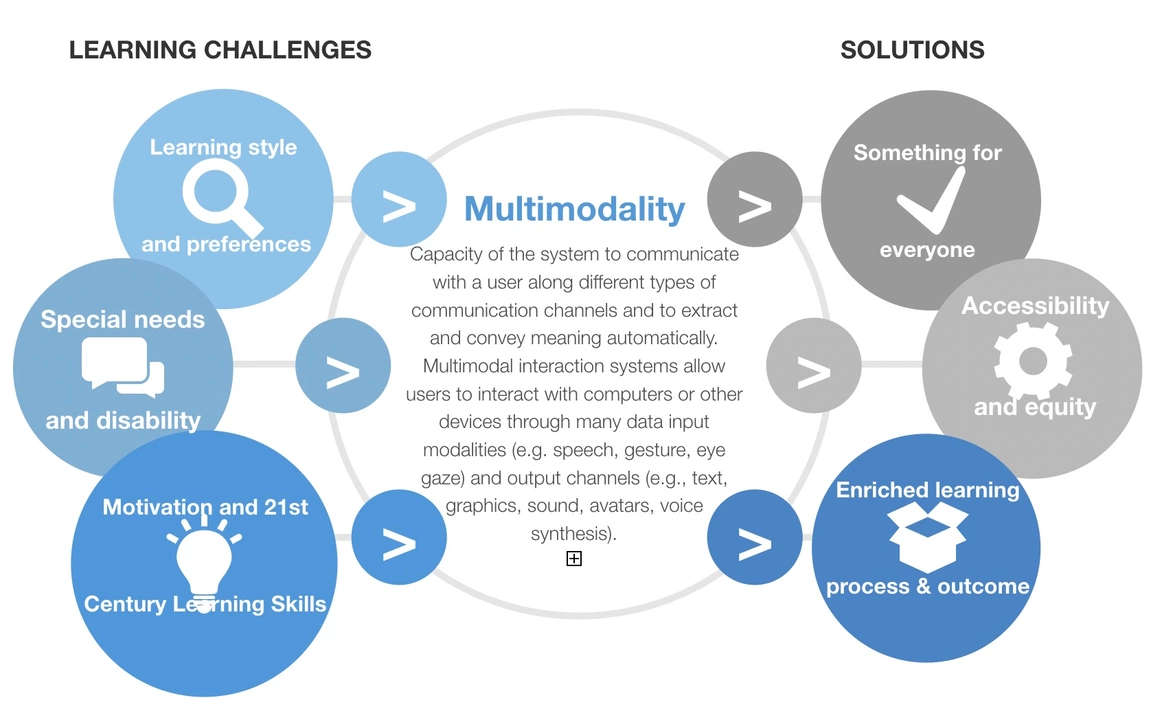Alzheimer's type: Signs, tests, and what you can do right now
Not all Alzheimer’s looks the same. When someone mentions an "Alzheimer's type," they usually mean a pattern — early vs. late onset, familial vs. sporadic — that changes how the disease starts and how families should act. If you’ve noticed memory slips, confusion with daily tasks, or personality changes in a loved one, this page gives clear steps you can take and what to expect from the doctor.
Types at a glance
Early-onset Alzheimer’s shows up before age 65. It can start in the 40s or 50s and often affects work, planning, and complex tasks first. Familial Alzheimer’s is a rare, inherited form that runs in families and usually appears earlier than typical. Late-onset Alzheimer’s is the most common type and generally starts after 65, with memory loss and slow decline in daily functioning. "Mixed" dementia means Alzheimer’s changes show up alongside vascular or other brain issues — that changes symptoms and care needs.
Knowing the type helps doctors choose tests and plan care. For example, suspected familial cases may lead to genetic counseling. Mixed dementia may prompt a focus on heart health and stroke prevention as part of treatment.
What to do next: tests, treatments, and day-to-day tips
First step: talk to a primary care doctor and ask for a cognitive evaluation. Simple clinic tests spot patterns in memory, language, and problem solving. Doctors may order blood work, brain scans (MRI or CT), or refer you to a neurologist. Newer clinics also use PET scans or CSF tests to check for Alzheimer’s-related proteins, but those are not always needed.
Treatment won’t cure Alzheimer’s, but some medicines can ease symptoms or slow decline for months to years. Cholinesterase inhibitors and memantine are common prescriptions. If behavior or sleep is a problem, doctors suggest non-drug approaches first — routines, lighting, and calm environments — and only use medications when needed.
Care tips you can use today: simplify daily tasks, use labeled drawers and calendars, keep a consistent routine, and make the home safer (remove tripping hazards, add night lights). Encourage short walks, healthy meals, and social time. If driving becomes risky, discuss alternatives early — families often wait too long and face sudden crises.
Planning matters: get legal and financial documents in order while the person can still participate. Ask about advance directives, power of attorney, and long-term care options. Join a local support group or an online forum — caregiving is harder when you go it alone.
If you want more practical guides, research updates, or safe medication info, check PowPills.com for articles and links to trusted resources. For medical decisions, always ask your clinician — they can match tests and treatments to the specific "Alzheimer's type" you’re dealing with.
The Role of Social Interaction in Managing Dementia of the Alzheimer's Type
In my latest blog post, I explored the crucial role of social interaction in managing dementia of the Alzheimer's type. I discovered that engaging in regular social activities can significantly slow down cognitive decline and improve the overall quality of life for those affected. Additionally, social interaction helps reduce feelings of loneliness and isolation, which are common in dementia patients. By spending quality time with loved ones and participating in group activities, individuals with Alzheimer's can maintain better mental health and emotional well-being. Overall, incorporating social interaction into a comprehensive care plan is vital in managing this challenging condition.

